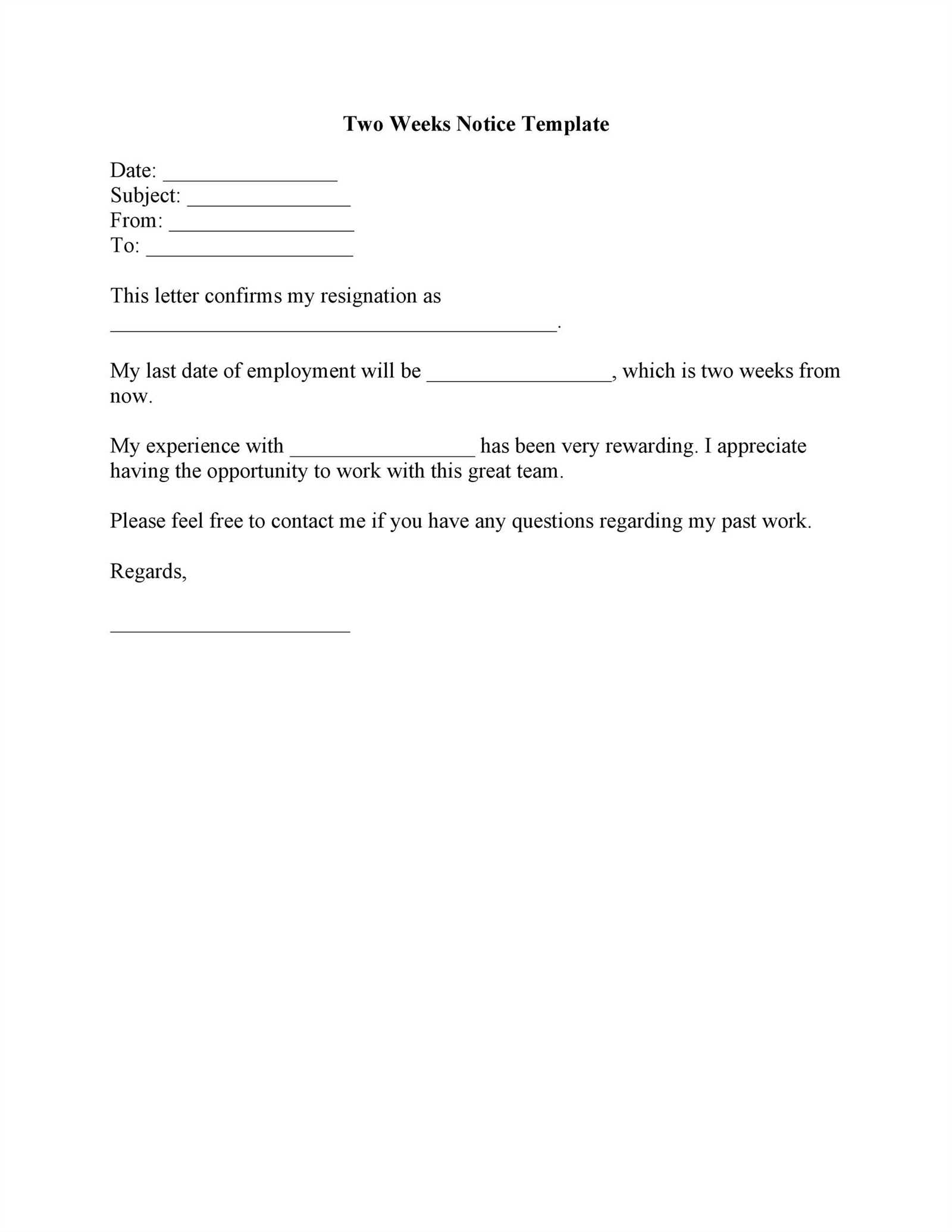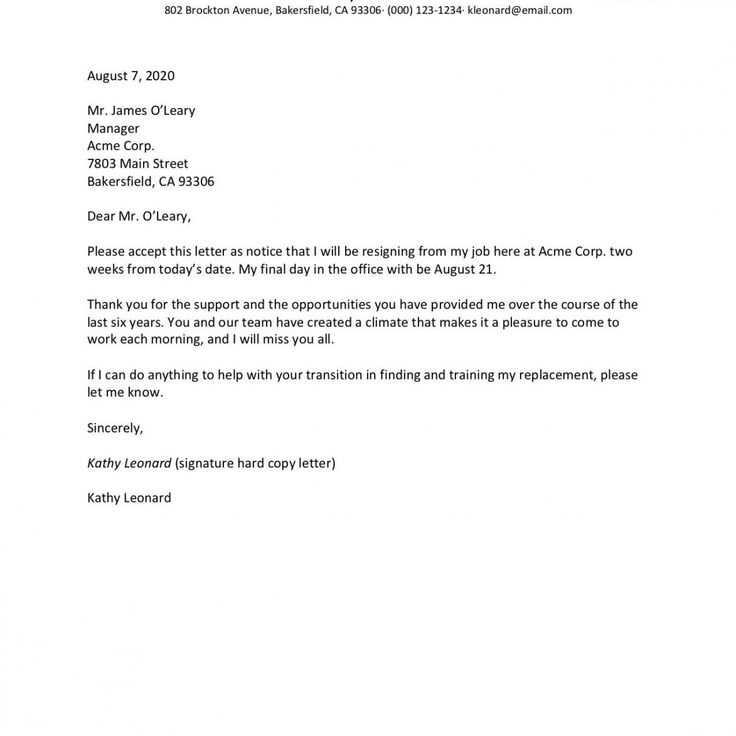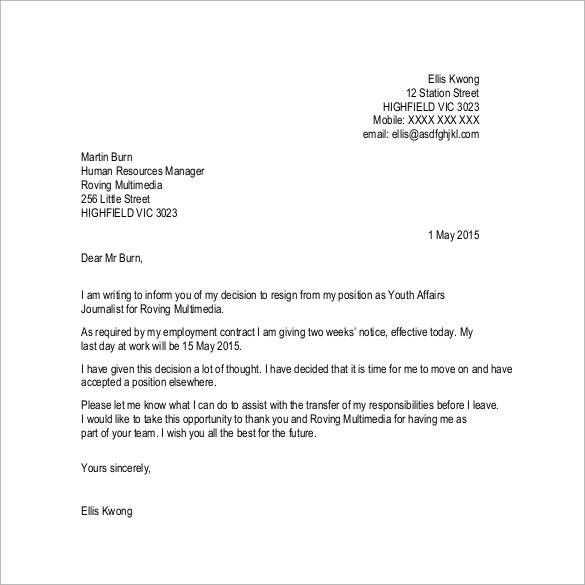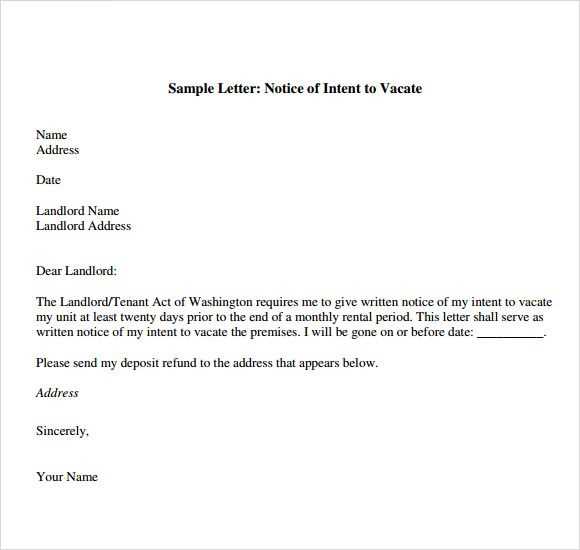Notice Letter Template for Professional and Formal Use

When conveying crucial information or informing someone about a significant change, it’s essential to communicate clearly and professionally. This type of written communication is used in various situations, such as informing about job resignation, lease termination, or other formal transitions. The structure of such correspondence plays a vital role in ensuring that the message is received and understood accurately.
Key Elements of Formal Announcements
The main components of a professional notification include a clear introduction, the purpose of the message, and a courteous closing. Whether you are providing a statement about an upcoming change or delivering essential information, these elements should always be included.
Introduction

Start with a brief explanation of why you are reaching out. This helps set the tone and prepares the recipient for the content that follows. Clearly stating the reason for writing ensures that your communication is understood right from the start.
Body of the Message
In the main section, explain the details of the matter you are addressing. Be concise and to the point. Avoid unnecessary information that may dilute the importance of your message.
Conclusion
End with a polite statement, offering to provide further clarification if needed. A respectful closing shows professionalism and maintains positive relations with the recipient.
Common Uses of Formal Announcements

- Job resignation or termination
- Lease or contract cancellation
- Intent to leave a group or organization
- Notifying about an event or deadline
These communications are used in situations where clarity and respect are essential. Whether you are informing an employer, a landlord, or a colleague, ensuring that the information is clearly stated and professionally presented helps maintain smooth transitions and positive relations.
Examples and Best Practices
Here are some common scenarios where such messages are used:
- Resignation Notification: When an employee decides to leave their job, a formal letter communicates their decision along with the expected timeline.
- Lease Termination: Tenants notify landlords about their intention to vacate a rental property within the required time frame.
- Contract Cancellation: A business or individual may inform another party that they no longer wish to proceed with an agreement.
In all cases, keeping the tone respectful and the content clear is vital for preserving relationships and ensuring a smooth process for all parties involved.
Understanding a Formal Document Structure

In professional settings, communicating important information through a formal document is essential for clarity and maintaining proper records. These types of written communications serve to inform or request actions, often in response to an agreement or a significant change in circumstances. Crafting such a document correctly ensures the message is clear, respectful, and legally sound.
When preparing such a document, certain key components must be included. These elements help establish the purpose, provide relevant details, and ensure a professional tone. Understanding these components will allow anyone to structure their message in a way that is both effective and appropriate for the situation.
Key Components of a Formal Communication
The primary sections of a formal notification include a clear introduction, a detailed body, and a proper conclusion. The introduction briefly explains the reason for the communication. The body provides more detailed information, while the conclusion offers a polite closing statement, often inviting further discussion if necessary.
Steps to Draft a Professional Document
To begin, it is crucial to identify the purpose of the communication. Once the reason for writing is clear, drafting the document involves stating the facts in a concise manner, while ensuring the tone remains polite and professional. A well-structured document also considers any legal requirements or time-sensitive elements that must be addressed.
Common Forms of Formal Documents
These documents are commonly used in various professional contexts such as employment termination, contract cancellations, and tenancy agreements. Each form may have its own specific structure or tone depending on the nature of the message and the relationship between the sender and recipient.
Best Practices for Effective Communication
Maintain a respectful and formal tone throughout the document. It is also important to be concise, avoiding unnecessary details or overly complex language. Ensure that the document is clear and easy to understand, as ambiguity can lead to confusion or misinterpretation.
Examples and Sample Drafts
For those unfamiliar with crafting such documents, sample drafts and guides can provide valuable insight. These examples often highlight the essential elements and help users avoid common mistakes, making the process of drafting a formal message more straightforward and efficient.